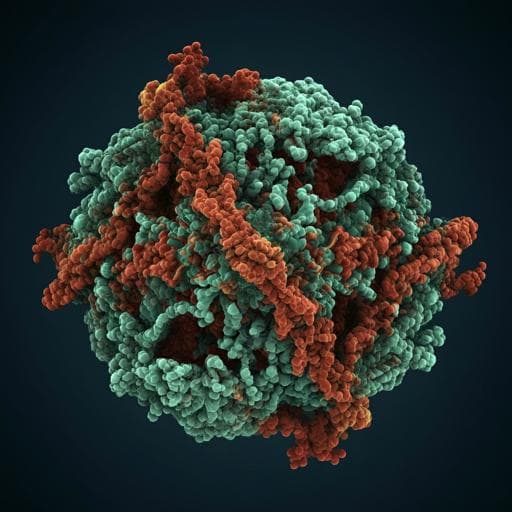
Biology
Structural basis for the activation of plant bunyavirus replication machinery and its dual-targeted inhibition by ribavirin
J. Li, L. Cao, et al.
This groundbreaking research by Jia Li, Lei Cao, and colleagues explores the intricate mechanics of the tomato spotted wilt orthotospovirus RNA-dependent RNA polymerase. Unveiling five unique cryo-EM structures, the study reveals how a flexible loop senses viral RNA and activates the polymerase, while ribavirin disrupts this essential binding, offering new pathways for antiviral pesticide development.
~3 min • Beginner • English
Related Publications
Explore these studies to deepen your understanding of the subject.







